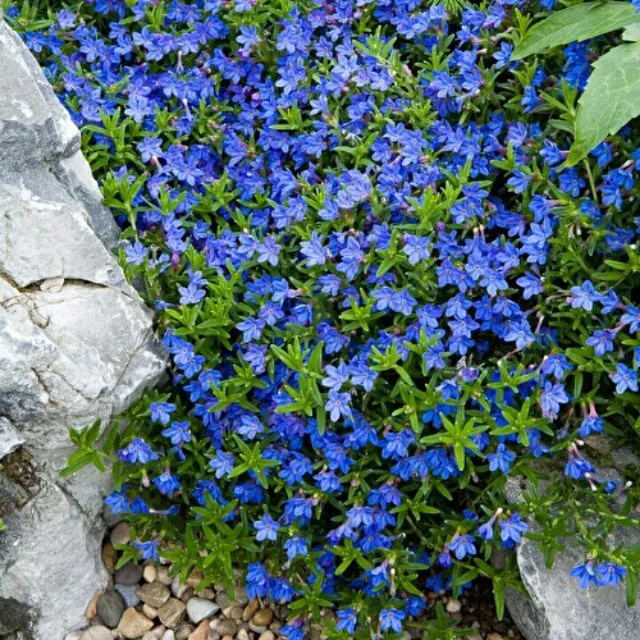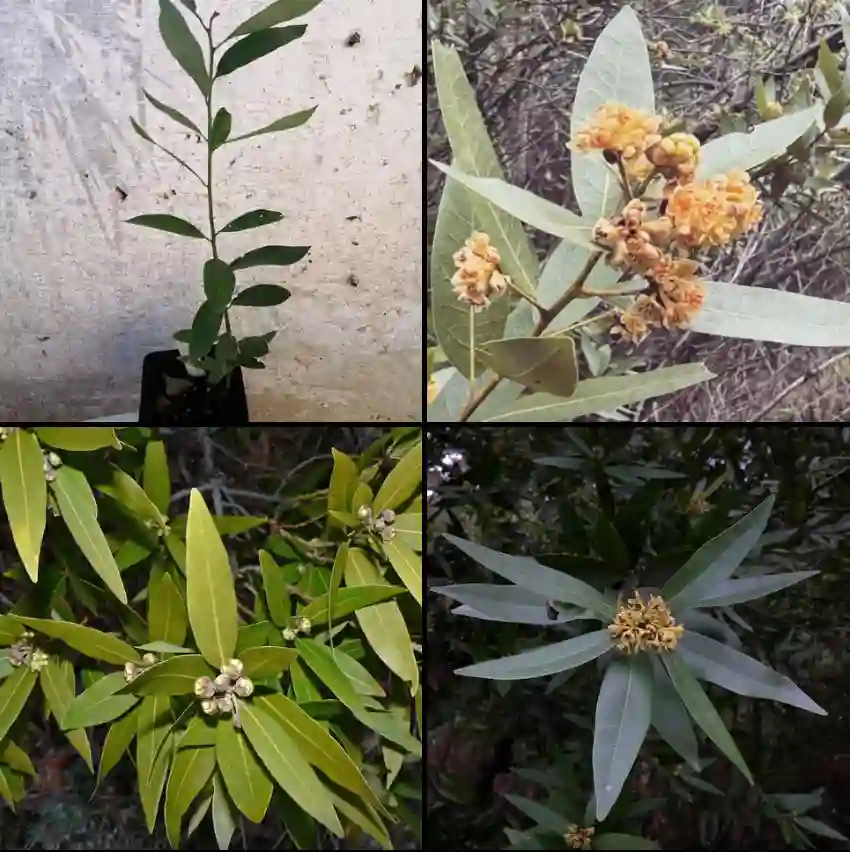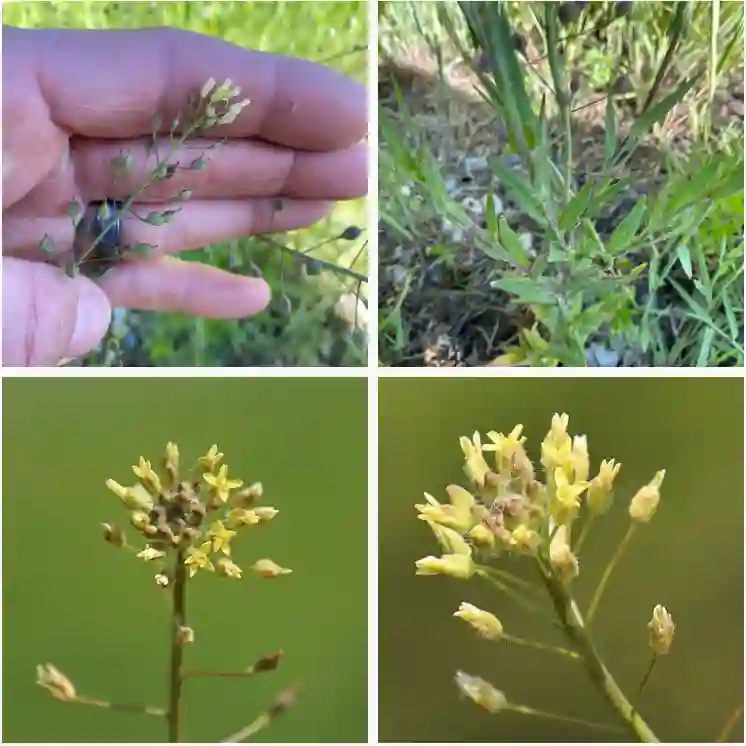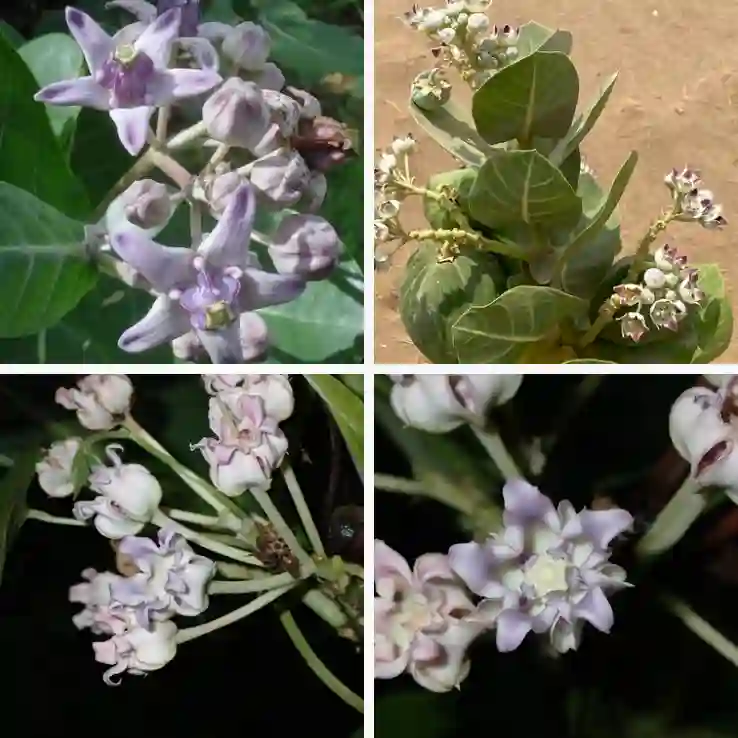
The Upright Sedge: A Versatile Beauty for the Garden
As a gardener, I’m constantly drawn to plants that offer both beauty and function. The Carex stricta, commonly known as Upright Sedge, has recently piqued my interest. This perennial grass-like plant boasts a clean, architectural form and thrives in a variety of conditions, making it a valuable addition to any garden. Let’s delve deeper into the world of Carex stricta and explore its potential in our landscapes.
2324 Species in Genus Carex
What is Carex stricta?
Carex stricta is a member of the Cyperaceae family, which includes sedges and rushes. It’s a native plant to North America, commonly found in wet meadows, marshes, and along stream banks. The Upright Sedge forms dense clumps with slender, upright green blades that can reach heights of 2-5 feet. In late spring or early summer, inconspicuous greenish-brown flowers appear, followed by clusters of small, nut-like fruits. Unlike its close relative, Carex pendula (Weeping Sedge), the Upright Sedge maintains its upright form throughout the season, adding a touch of verticality to the garden border.
Is Carex stricta Invasive?
This is a crucial question for any gardener considering introducing a new plant. The good news is that Carex stricta is generally not considered invasive in its native range. In fact, it plays a vital role in healthy wetland ecosystems, providing habitat and food for various wildlife species. However, it’s important to be aware of your local conditions. In some areas, Carex stricta might exhibit more aggressive spreading tendencies, especially in moist, disturbed environments. Always check with your local authorities or native plant societies to ensure it’s suitable for your garden.
How to Care for Carex stricta?
The Upright Sedge is a remarkably low-maintenance plant. Here’s a quick guide to keeping it happy and thriving:
- Light: Carex stricta prefers full sun to part shade. Too much shade can lead to leggy growth.
- Soil: Moist soil is key. Boggy areas or locations near ponds are ideal. If planting in drier areas, ensure consistent watering, especially during hot, dry periods.
- Watering: Regular watering is essential for newly planted Carex stricta. Once established, it becomes more drought tolerant but will still appreciate occasional deep watering during extended dry spells.
- Fertilizing: Generally not necessary. A light application of compost in early spring can provide a boost of nutrients.
How to Propagate Carex stricta?
There are two main ways to propagate Carex stricta:
- Division: The most common method. In early spring or fall, carefully dig up the mature clump and use a sharp spade to divide it into sections, each with healthy roots and shoots. Replant the divisions in prepared soil and water thoroughly.
- Seed: While possible, propagating through seeds is a slower process. Collect seeds in late summer, store them in a cool, dry place over winter, and sow them in flats with a moist soil mix in early spring. Germination can take several weeks.
What to Plant with Carex stricta?
The Upright Sedge’s versatility allows it to be incorporated into various garden designs. Here are some ideas for companion plants:
- Perennials: Consider colorful perennials like Joe-Pye weed, purple loosestrife (ensure it’s not the invasive variety), or bee balm for a vibrant display.
- Grasses: Blue grama grass or switchgrass add texture and movement to the border.
- Shrubs: Low-growing shrubs like dogwood or winterberry provide a backdrop for the Carex stricta’s upright form.
By selecting plants with similar moisture requirements, you can create a thriving and aesthetically pleasing garden that showcases the beauty of the Upright Sedge.
Beyond the Garden: The Ecological Importance of Carex stricta
Carex stricta plays a significant role beyond aesthetics. Its dense root system helps to stabilize shorelines and prevent soil erosion. It also filters pollutants from water runoff, contributing to a healthy aquatic environment. Furthermore, the seeds and foliage provide a food source for various birds and small mammals.
The Upright Sedge: A Simple Beauty with Hidden Depths
The Carex stricta offers more than just visual interest. Its low-maintenance nature, adaptability, and ecological value make it a valuable addition to any garden. Whether you’re looking for a textural element in a wetland garden or a versatile plant for a sunny border, the Upright Sedge deserves a place in your landscape.
If i die, water my plants!



